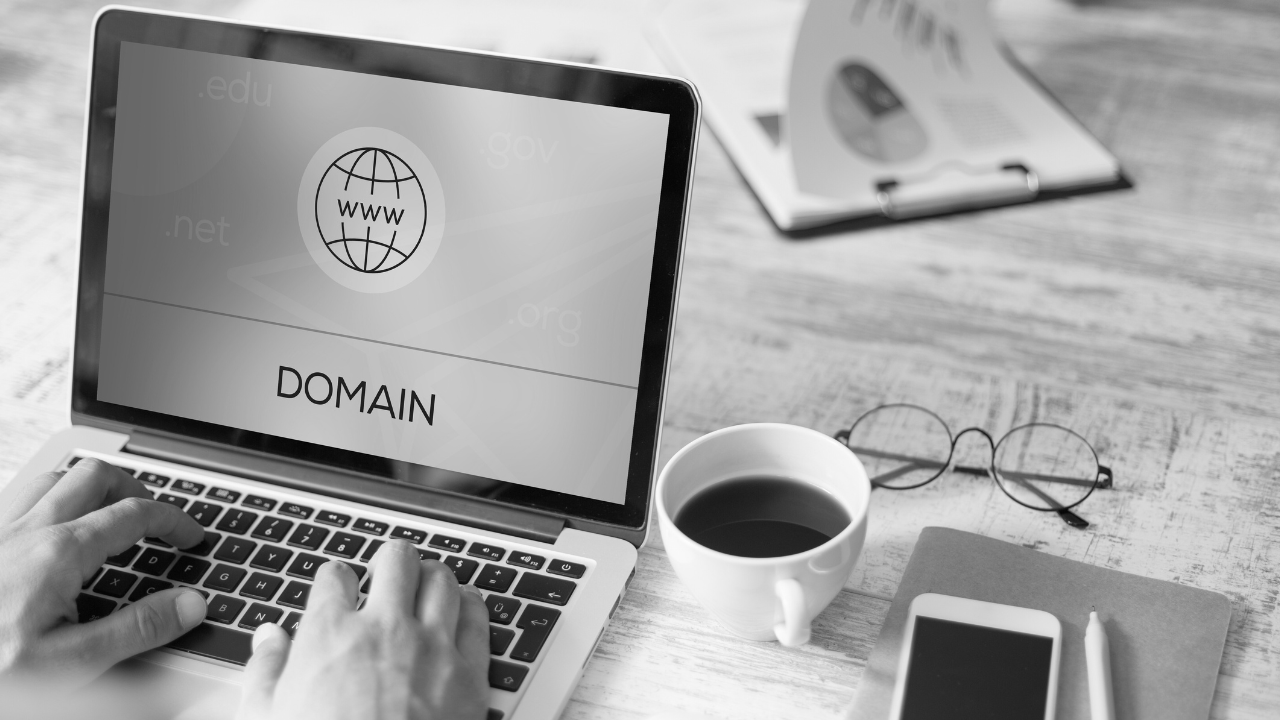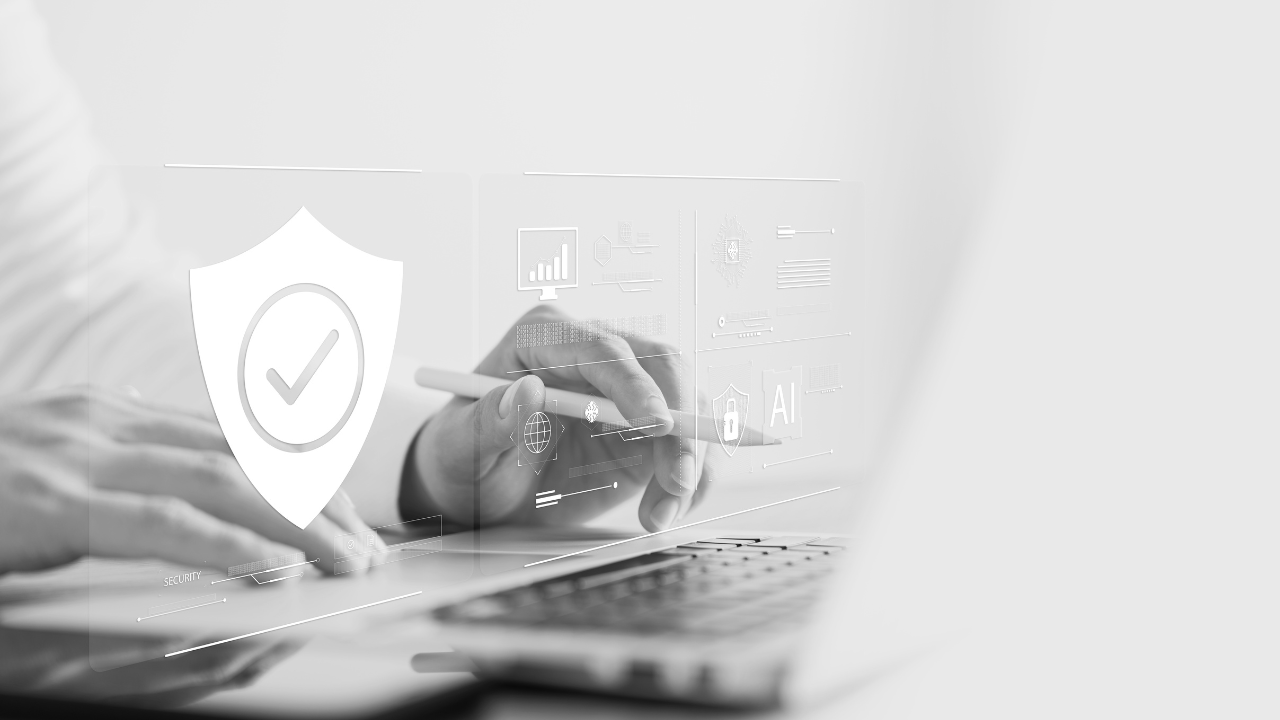In the ever-expanding realm of cyberspace, email continues to be a vital communication channel for both personal and professional exchanges. An upcoming talk at BlackHat USA by security researchers at Paypal will dig into this startling discovery: more than 20 million trusted domains are exposed to email hosting exploits. This disturbing revelation underscores the urgency for organizations and individuals to enhance their email security measures. Read on as we steer through these hazards, comprehending the vulnerability and recommending best practices to stay ahead in the race to protect our digital communications.
Decoding the Vulnerability
The research suggests that email hosting services for millions of domains are prone to exploitation. Cybercriminals can exploit these vulnerabilities to intercept and manipulate email communications. These exploits often culminate in phishing attacks, where attackers impersonate trusted entities to trick targets into divulging sensitive information such as login credentials, financial data, or other confidential details.
Once an attacker gains access through these exploits, the potential damage is substantial. Data breaches, unauthorized access to sensitive systems, and widespread phishing scams can lead to financial loss, reputational harm, and a breach of trust.
The Mechanism of Attack
Email hosting exploits frequently involve the misuse of email authentication protocols. When these protocols are improperly configured, attackers can spoof email addresses and send malicious emails that seem to originate from legitimate sources. The most commonly misused protocols include:
- Sender Policy Framework (SPF): SPF is designed to detect spoofed emails, but when improperly set up, it allows malicious actors to evade its protections.
- DomainKeys Identified Mail (DKIM): DKIM adds an encrypted signature to the email header to verify the sender’s identity. Exploits may occur if DKIM configurations are weak or outdated.
- Domain-based Message Authentication, Reporting & Conformance (DMARC): DMARC builds on SPF and DKIM to provide detailed monitoring and enforcement policies. However, it requires precise implementation to be effective.
Enhancing Email Security
To counter the risks associated with email hosting exploits, organizations must prioritize securing their email systems. Here are key steps to bolstering email security:
- Implement Robust Email Authentication Protocols: Ensure that email authentication protocols—SPF, DKIM, and DMARC—are correctly configured and actively monitored. These protocols provide a critical line of defense by verifying the authenticity of email senders and blocking malicious messages before they reach recipients.
- Conduct Regular Audits of Email Security Settings: Perform regular audits of email security settings to identify and correct misconfigurations. Automated tools can aid in scanning and analyzing email protocols to ensure they comply with best practices and current security standards.
- Prioritize Employee Training and Awareness: Human error remains a significant vulnerability in cybersecurity. Regularly training employees to recognize phishing attempts and report suspicious activities is key. Simulated phishing exercises can reinforce training and prepare employees to respond effectively. By fostering a culture of security awareness, organizations can significantly reduce the risk of email exploits.
- Adopt Multi-Factor Authentication (MFA): In addition to securing email communications, implementing Multi-Factor Authentication (MFA) adds an extra layer of security for accessing email accounts. MFA can significantly reduce the risk of unauthorized access, even if login credentials are compromised.
- Deploy Advanced Threat Protection: Implement advanced email threat protection solutions that can detect and block phishing emails, malware, and other malicious payloads. These solutions often incorporate machine learning to identify and mitigate emerging threats.
Personal Precautions for Individual Security
While organizations must implement broad measures to secure email systems, individuals play a vital role in maintaining personal security. Here are steps individuals can take to protect their email accounts:
- Examine Emails Carefully: Always scrutinize emails for signs of phishing. Be cautious of generic greetings, urgent requests, unfamiliar senders, and suspicious links or attachments. Hover over links to verify their legitimacy before clicking.
- Use Strong, Unique Passwords: Create robust, unique passwords for email accounts, and avoid using the same password across multiple platforms. Password managers can assist in generating and securely storing complex passwords.
- Enable Two-Factor Authentication (2FA): Activate Two-Factor Authentication (2FA) to add an extra layer of security. With 2FA, even if an attacker obtains your password, they would still need a second form of verification to access your account.
- Keep Software Updated: Ensure that your email client and security software are always up to date. Regular updates often include security patches that protect against known vulnerabilities.
The disclosure that over 20 million trusted domains are vulnerable to email hosting exploits is a stark reminder of the ever-changing threat landscape in cybersecurity. Organizations must take proactive steps to secure their email systems, while individuals should practice vigilant personal security measures. By prioritizing email authentication protocols, conducting regular audits, and fostering a culture of cybersecurity awareness, we can strengthen our defenses against these exploits. In the battle against cyber threats, knowledge and preparedness are our most potent weapons. Let’s stay informed, stay vigilant, and OutThink the hackers together.





